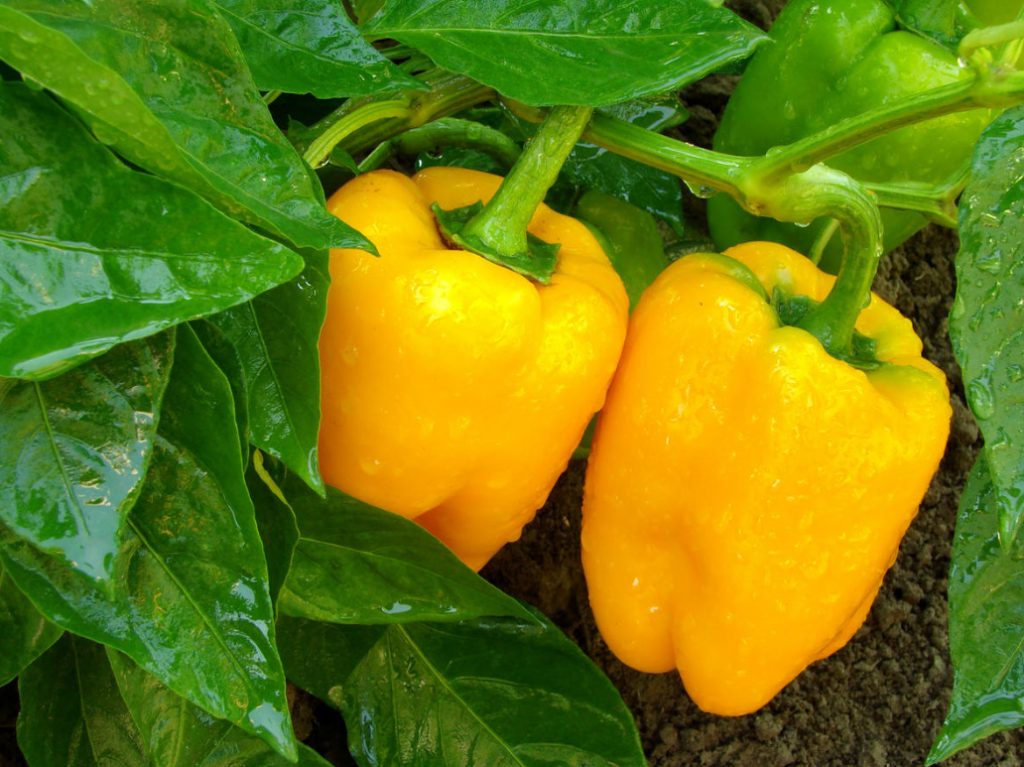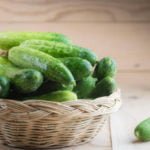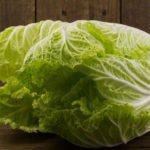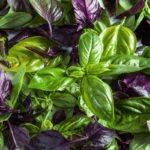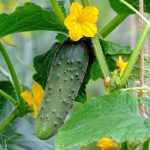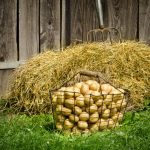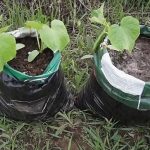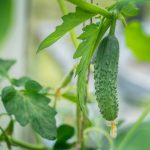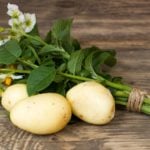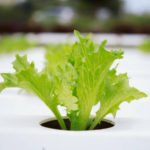Gardeners who grow peppers are well aware that this culture is quite demanding. It is often necessary to face a situation when plants are taken to behave “incorrectly” from the point of view of the owner of the garden or begin to get sick. Not always the reason for these troubles is obvious.
Buds, flowers, ovaries
If the pepper does not give buds for a long time, then you have overfed it with nitrogen fertilizers, including an infusion of weeds or manure, which is generally contraindicated for it.
Pepper blooms, but does not form ovaries. The fact is that pollination does not occur at high humidity in the greenhouse, too high air temperature, strong cooling (below +12°C). Use drugs, spray peppers with their solutions in the first half of the day. Ventilate well in hot weather, heat greenhouses in case of strong and prolonged cold weather, and water less.
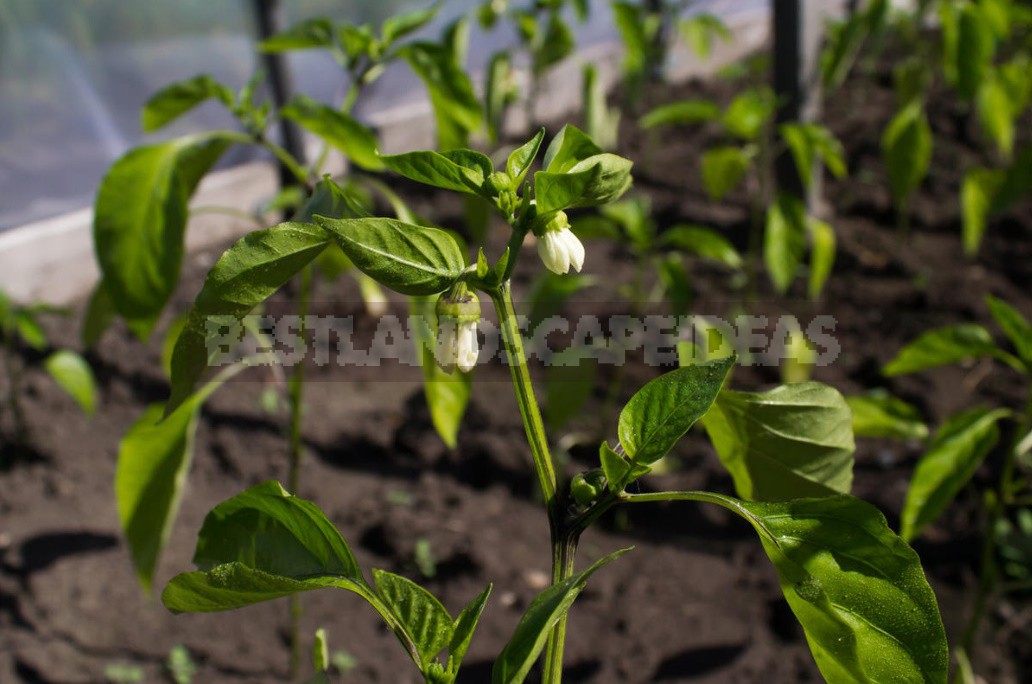
With pepper crumble the flowers and even the ovary. The reasons may be as follows:
- the plant was frozen;
- there is excess nitrogen in the diet;
- the soil is too dry, and although pepper does not like excessive moisture, it does not tolerate even the slightest drying of the roots;
- sharp temperature drop between day and night (more than 15°C);
- long-term cooling or watering with cold water.
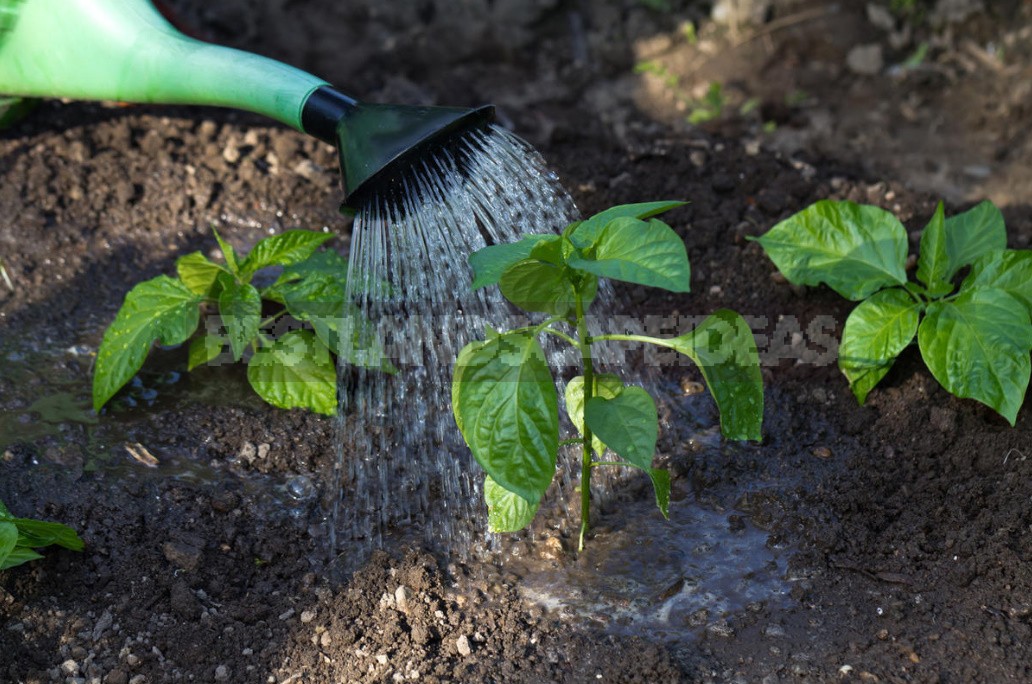
Shedding of the ovaries can also be caused by a dangerous disease — fruit rot in the place of attachment of the fruit. Spray the pepper in the evening on the leaves with fertilizer.
Stems and leaves
The stem begins to rot, and the plant dies — it is stem rot. Most often appears in thickened plantings with poor ventilation or high humidity, with a long cold snap (below +15°C). When the first signs of the disease (white plaque) immediately stop watering, regularly ventilate the greenhouses, remove all the leaves and Stepsons from the stems to the fork, thin out the branches on each plant.
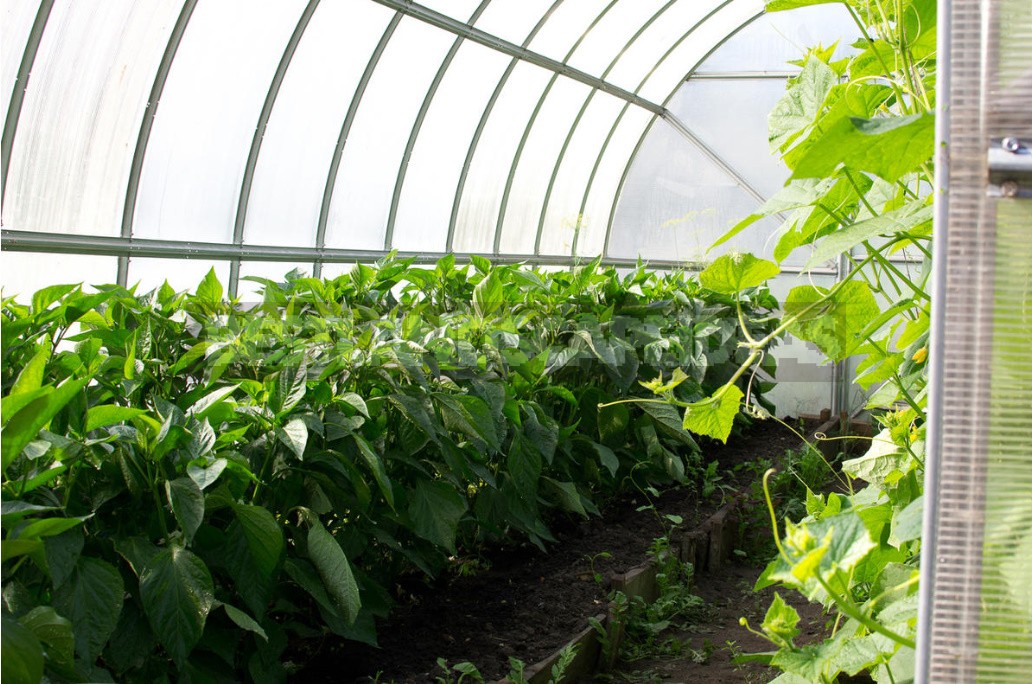
Remove the plaque with a cloth and cover the damaged area with putty made of chalk and potassium permanganate with water. Or rinse with a strong solution of potassium permanganate and dust with ash. With a long cold snap or a sharp change in temperature, with prolonged rainy weather, give peppers calcium and potassium fertilizing (2 tablespoons of calcium nitrate + 2 tablespoons of carbon dioxide or potassium sulphate per 10 liters of water, 1 glass per plant).
If the twigs are exposed, rise up, the withering leaves have a mosaic color, the fruits are ugly and woody — this is a viral disease. There is only one way out: dig up the Bush and burn it.
Lack of macronutrients
On the top or side of the fruit, a bright spot is formed, which then rots — – vertex rot. It’s not a disease. The reason is a lack of potassium, calcium, and water. You need to water, feed with potassium and calcium, as indicated above.
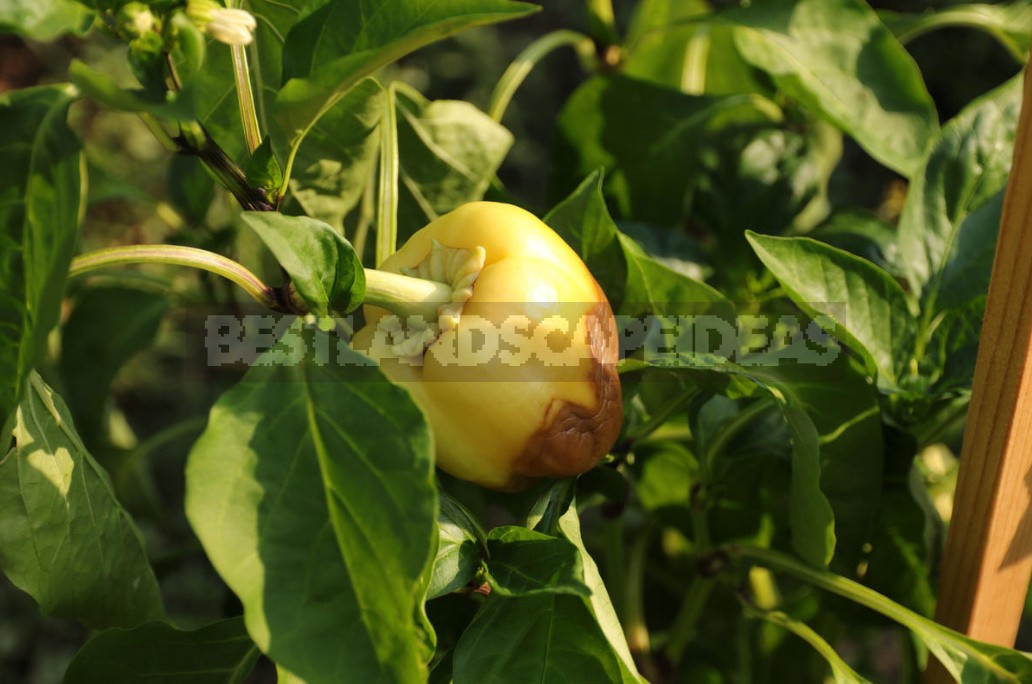
The leaves have a brown border or twist the boat up-this indicates a lack of potassium. You need to give foliar feeding on the leaves in the evening (1 tablespoon of potassium nitrate or any potassium fertilizer without chlorine for 10 liters of water). Even better-feed the leaves with fertilizer or pour half a Cup of ash under each plant (on wet soil). Leaves rise up-a sign of a lack of phosphorus, feed with superphosphate (3 tablespoons per 10 liters of water).
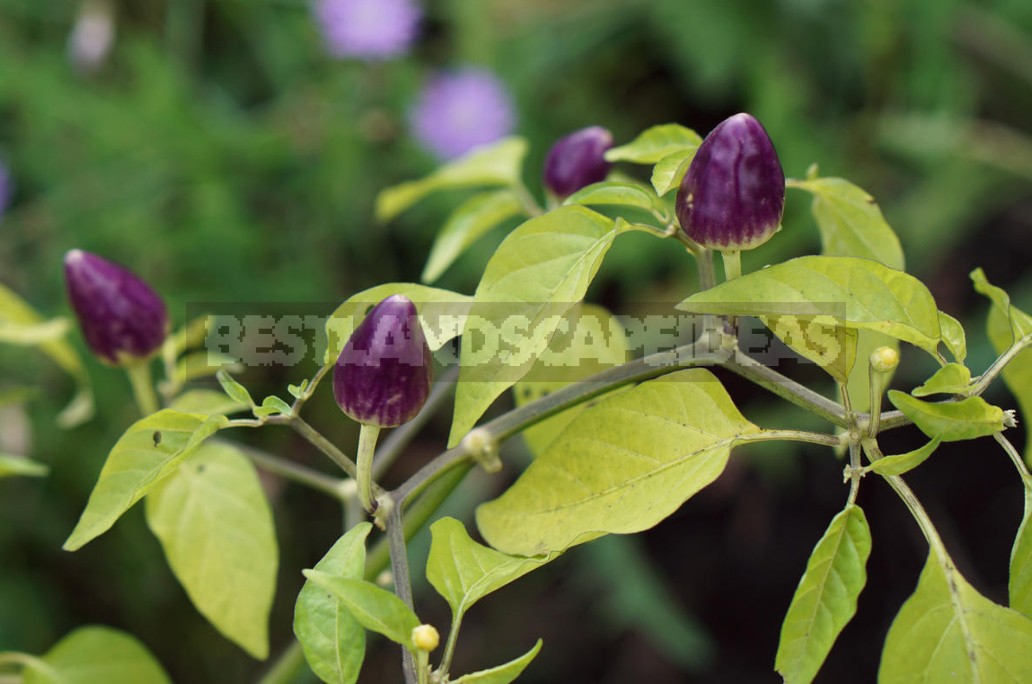
If all the leaves (and not just the young ones) become lighter — this is a sign of a lack of nitrogen. Feed the plants with an infusion of weeds, diluting it with water 1: 5 and spending 0.5 liters under the Bush, or urea (2 tablespoons per 10 liters) for 1 Cup for each plant. Preventive spraying should be carried out against all pepper diseases. Any diseases are easier to prevent than to get rid of them.
Pests
The main pest of pepper is aphids.
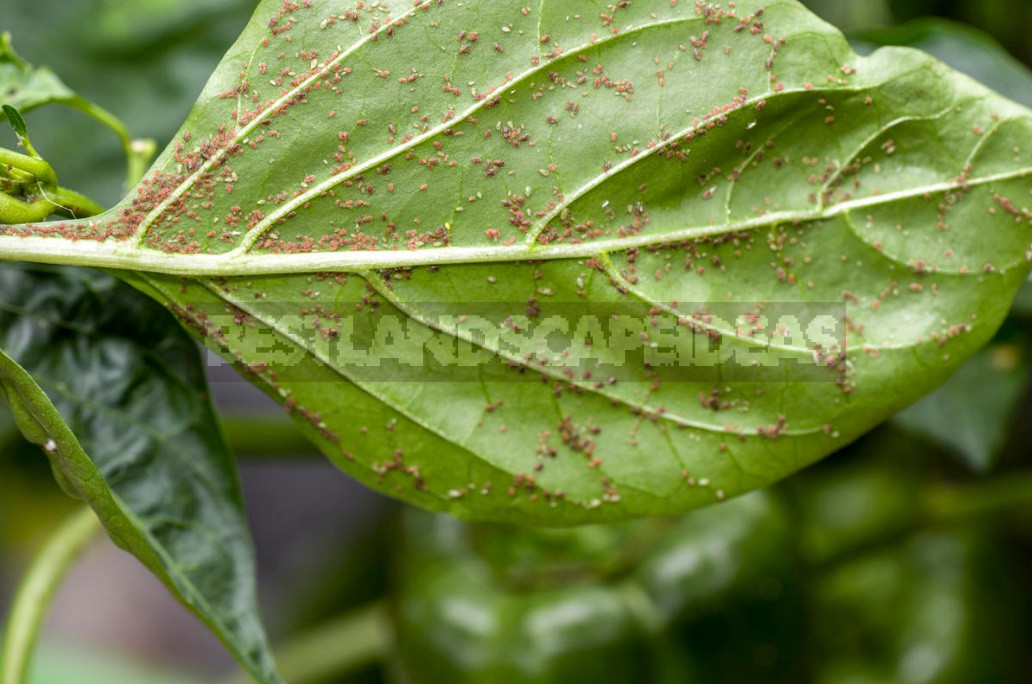
Often the leaves damage slugs, eating large holes. Around each stem, arrange 3 grains of metaldehyde in a triangle or tie the lower part of the stems with nettles. There is another simple folk remedy: half a Cup of 9% vinegar diluted in 5 liters of water. In the evening, you need to spray the plants and the soil under them, when slugs and snails go to feed. Remember: vinegar acidifies the soil, so immediately sprinkle the space around the peppers with ash.
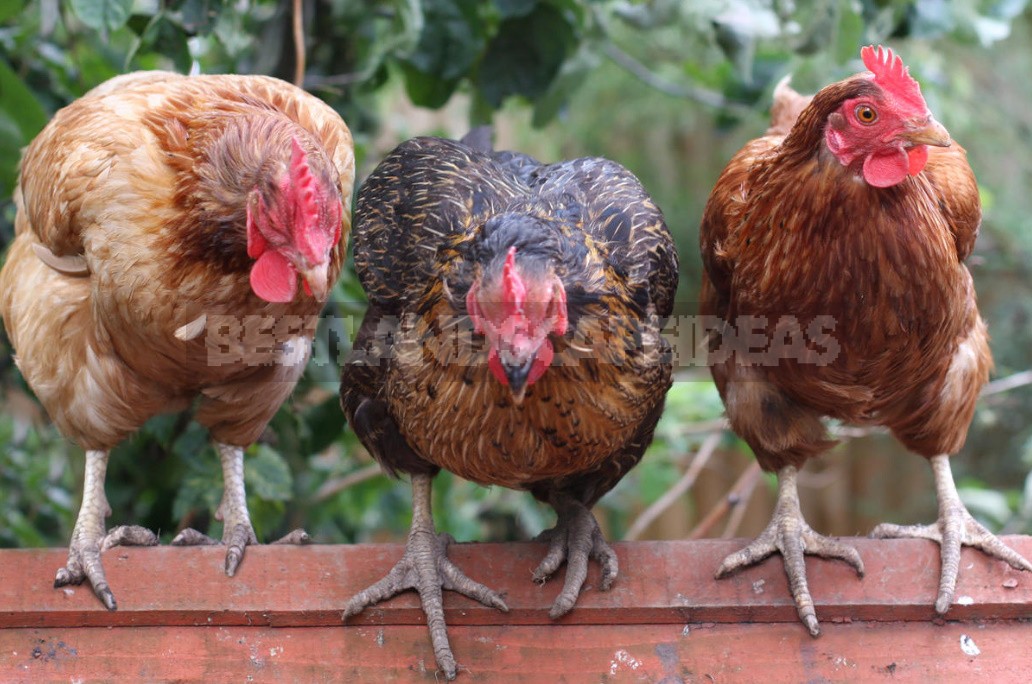
Another good folk way: spread out pieces of slate among the plantings. In the daytime, turn them over and collect slugs that will settle under them to wait for the evening. Slugs are readily eaten by chickens. But slugs are also cannibals, meaning they eat up their crushed relatives. So push them right on the slate in the afternoon, leaving them to be eaten. The next day, turn over and pass again those who crawled to the treat. Gradually you will catch them in this place. Slugs and snails from other places will not soon move here — long journeys are difficult for them.
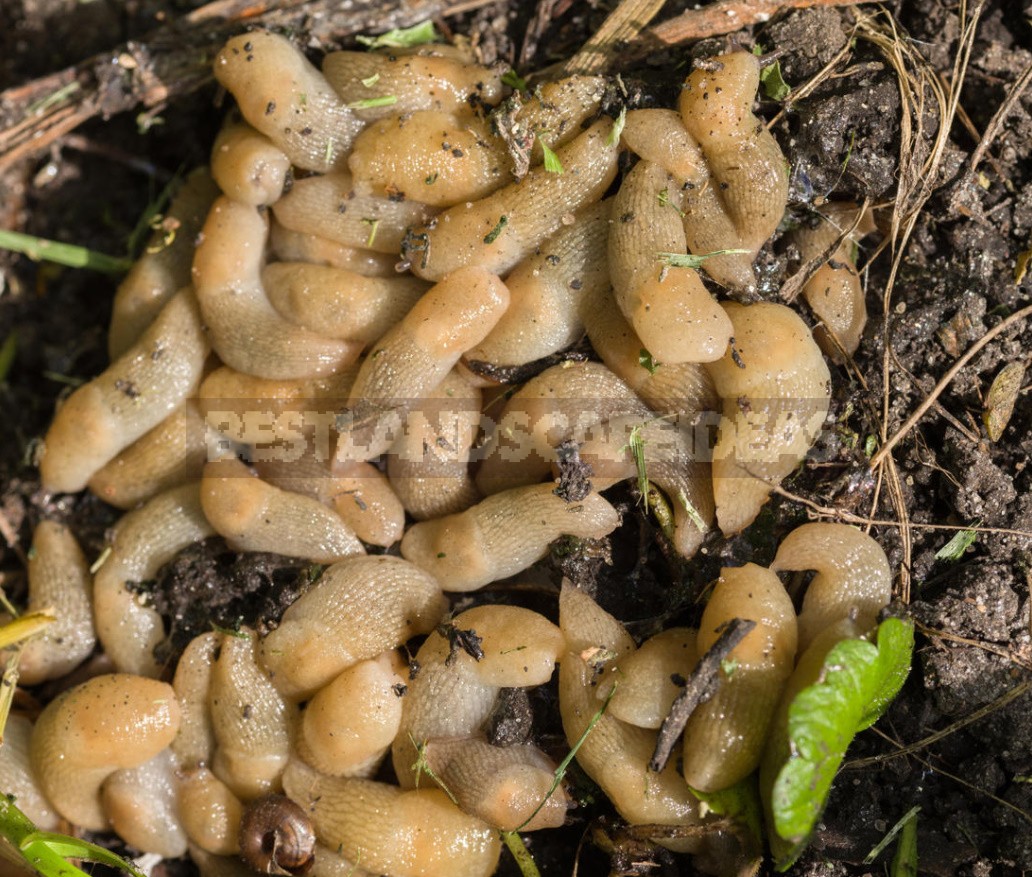
Every pepper problem has a solution. It is important to carefully observe your green Pets and respond to their “tips” in time.
